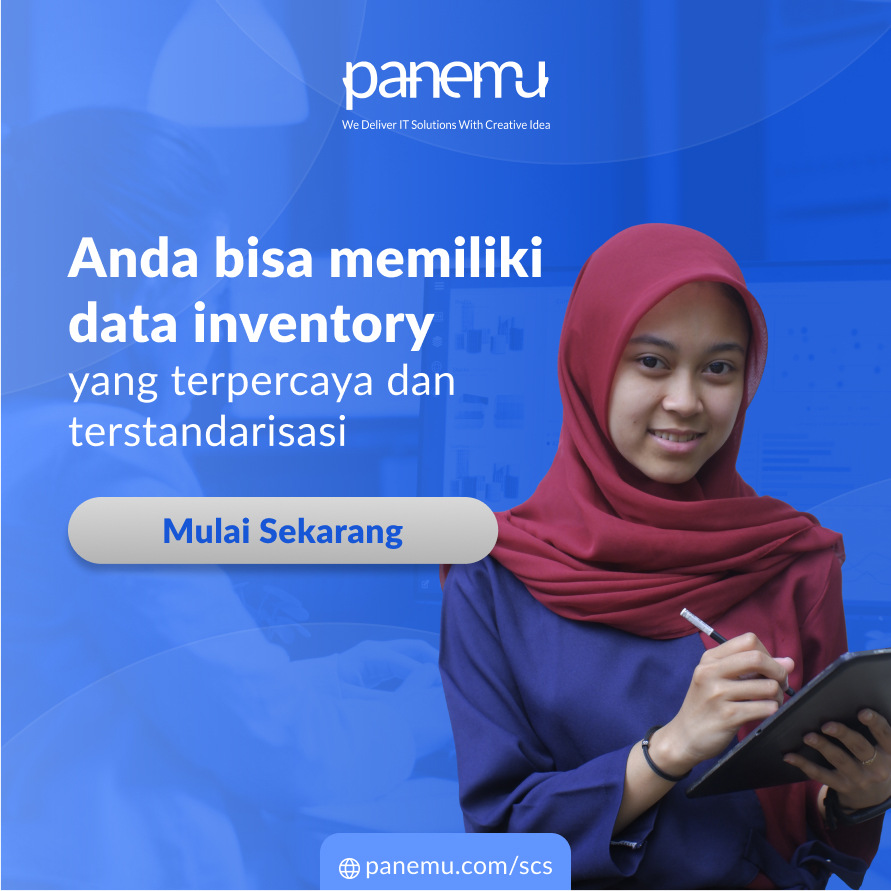Take a moment and imagine this: your maintenance team is waiting for a part. Procurement swears it was ordered. The warehouse says it’s in stock. Yet, nothing arrives. After hours of digging, the culprit isn’t sabotage or incompetence—it’s a simple inconsistency in how the item was named across systems. Three different entries. None of them synced. The result? Downtime, confusion, and unnecessary cost.
This is precisely the kind of chaos Master Data Management (MDM) is designed to eliminate. Not just a tech buzzword, MDM is a strategic approach that ensures your organisation always works with clean, consistent, and reliable core data. And in today’s complex industrial environments, where systems are interlinked and decisions are data-driven, MDM isn’t optional—it’s foundational.
Let’s explore what MDM really is, how it transforms operations, and why getting your data house in order is no longer a nice-to-have, but a business imperative.
What Is Master Data, Anyway?
Think of master data as the golden reference—the truth every other system refers to. It includes key entities such as:
- Materials and parts
- Equipment and assets
- Vendors and suppliers
- Locations and facilities
- Customers (in some cases)
Master Data Management is the discipline and system that governs this data across the organisation. It ensures that whether someone is pulling data in maintenance, procurement, finance, or engineering, they’re all referencing the same, trusted version.
MDM isn’t just about data storage—it’s about data stewardship.
Why MDM Is the Missing Link in Industrial Clarity
In industrial operations, small errors have big consequences. Here’s why MDM is critical:
- Operational Consistency
MDM aligns systems so everyone—from plant floor to executive suite—works off the same baseline. - Data Quality and Integrity
It eliminates duplicates, fixes naming inconsistencies, and enriches records with verified details. - Regulatory Compliance
For audits, safety, and sustainability reporting, you need traceable, validated master data. - Digital Integration
MDM is what makes your ERP, CMMS, EAM, and even AI tools speak the same language. - Faster Decision-Making
With clean data, insights are clearer, dashboards are more reliable, and decisions are based on fact—not assumptions.
Use Cases That Show MDM in Action
Let’s move beyond theory. Here’s where MDM flexes its muscle in the real world:
- Multi-Site Standardisation
Imagine five plants, each calling the same valve by a different name. MDM centralises and standardises naming, making cross-site inventory management possible. - Mergers and Acquisitions
Integrating data from different systems? MDM ensures alignment, reducing chaos during transitions. - Predictive Maintenance and Asset Reliability
Machine learning models need clean input. MDM ensures your data is AI-ready. - Sustainability Reporting
Track materials, chemicals, and lifecycle details accurately for environmental compliance. - Strategic Sourcing
MDM gives procurement a single view of vendor performance, part history, and global supply networks.
Building Blocks of an Effective MDM Framework
MDM is not a one-off project. It’s a long-term capability. Here’s what sets up a strong foundation:
- Data Governance Structure
Assign data owners, stewards, and clear rules on who can create, edit, and approve master data. - Harmonised Naming Conventions
Establish common taxonomies and avoid local “tribal language” in naming. - Single Source of Truth (SSOT)
Centralise core data—even if systems are decentralised. - Validation and Approval Workflows
Ensure no new record is published without checks for accuracy, completeness, and duplication. - Lifecycle Management
Every master data object should have a lifecycle status: active, obsolete, under review, etc.
Pitfalls to Avoid in MDM
Getting MDM wrong can be worse than not doing it at all. Watch out for:
- Too Much Too Soon
Don’t try to fix everything at once. Start with high-impact domains like materials or vendors. - Technology Over Governance
Tools are only as good as the processes behind them. - Ignoring the Human Side
If end-users don’t trust or understand the data, they’ll create workarounds. - Neglecting Data Maintenance
MDM is not a “set and forget” project. It needs active management.
MDM as a Catalyst for Digital Transformation
Many organisations dream of predictive analytics, digital twins, and automated workflows. But these are built on data foundations. If your master data is flawed, every insight that flows from it is compromised.
MDM provides the clarity and trust needed to unlock the value of digitisation. It gives your data meaning, context, and reliability. And that makes everything—from dashboards to decision-making—not just faster, but smarter.
If you're ready to treat data as a strategic asset, Panemu is ready to help. Our Cataloguing Service is often the first step in preparing your data for enterprise-wide MDM—standardising entries, resolving duplicates, and applying logical taxonomies.
And our Spares Cataloguing System (SCS) goes a step further, offering smart workflows and validation layers to manage master data dynamically, across plants and systems.
Because in a data-driven world, clarity isn’t just nice—it’s non-negotiable. And it starts with mastering your data, once and for all.

